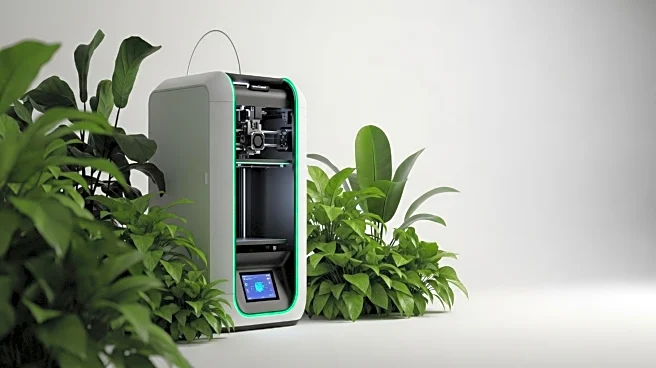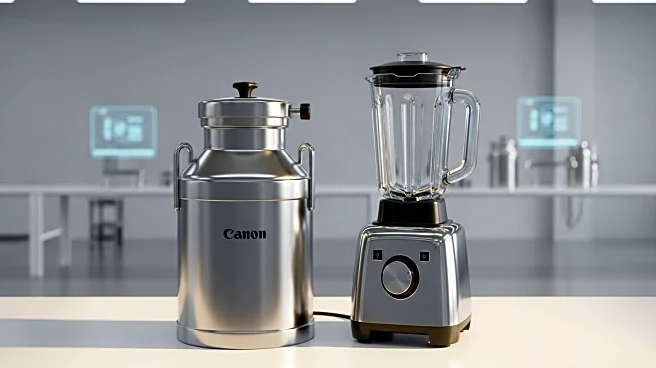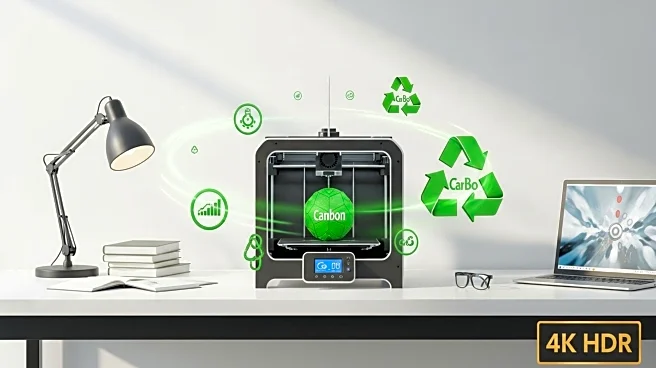What's Happening?
Honda has initiated operations at its new Resource Circularity Center in Ohio, designed to repurpose retired equipment, electronics, and vehicle service parts. This center aims to reduce waste and enhance resource efficiency by creating a circular economy business model. The facility focuses on recycling and repurposing indirect goods, such as tools and office equipment, to extend their lifecycle and minimize landfill contributions. Honda's approach includes internal asset redeployment, external sales, and disassembly for raw material recovery.
Why It's Important?
Honda's Resource Circularity Center represents a significant advancement in sustainable manufacturing practices. By focusing on the circular economy, Honda is reducing its environmental impact and promoting resource efficiency. This initiative aligns with global sustainability goals and sets a precedent for other companies to follow. The center's operations could lead to reduced reliance on virgin raw materials and lower operational costs, benefiting both the environment and the economy.
What's Next?
Honda plans to expand the Resource Circularity Center model to additional production facilities in North America, aiming to localize value recovery and further reduce environmental impact. The company may explore new opportunities for repurposing materials and collaborating with recycling partners to enhance its sustainability efforts. As Honda continues to innovate in this area, it could influence industry standards and encourage other manufacturers to adopt circular economy practices.
Beyond the Headlines
The establishment of Honda's Resource Circularity Center highlights the potential for businesses to drive environmental change through innovative resource management. By prioritizing the reuse and recycling of materials, Honda is contributing to a more sustainable future. This approach may inspire other companies to explore similar strategies, leading to broader industry shifts and increased consumer demand for eco-friendly products.










